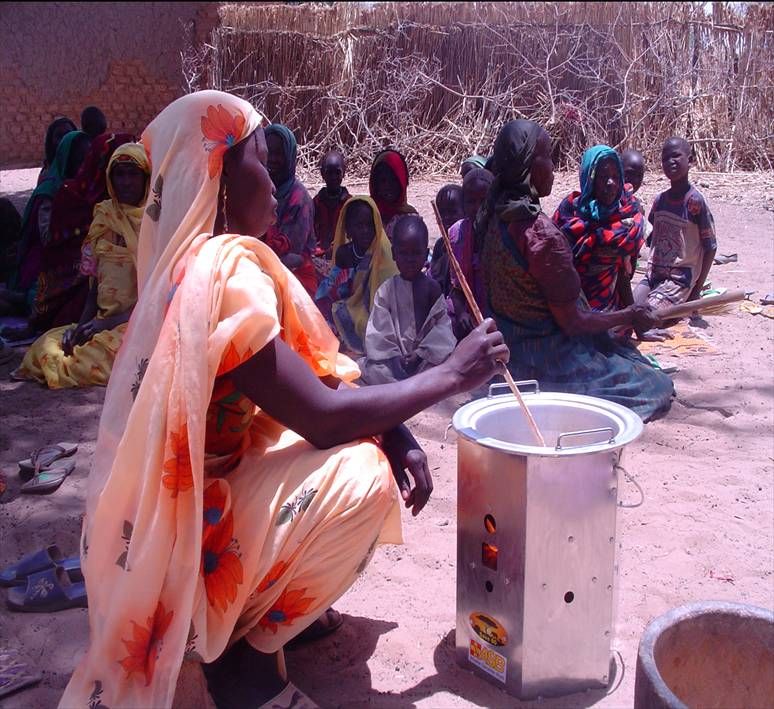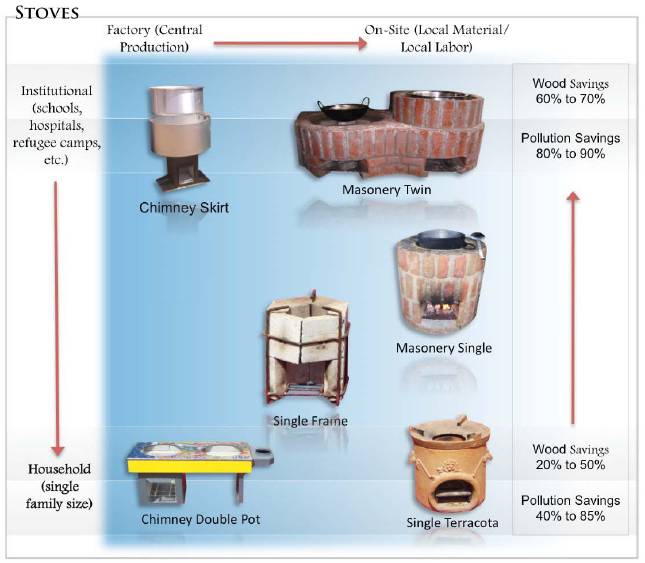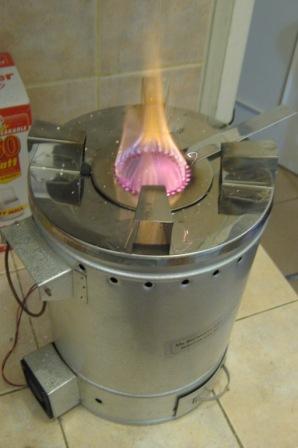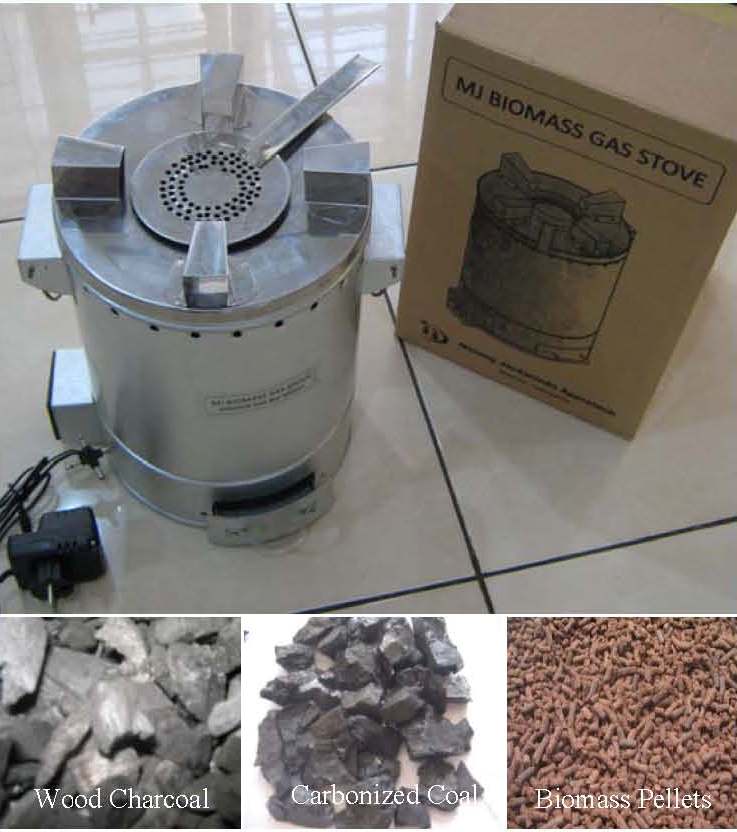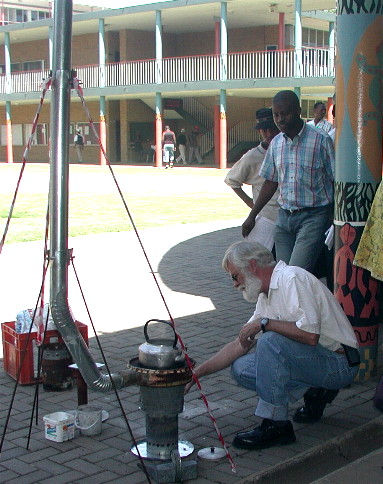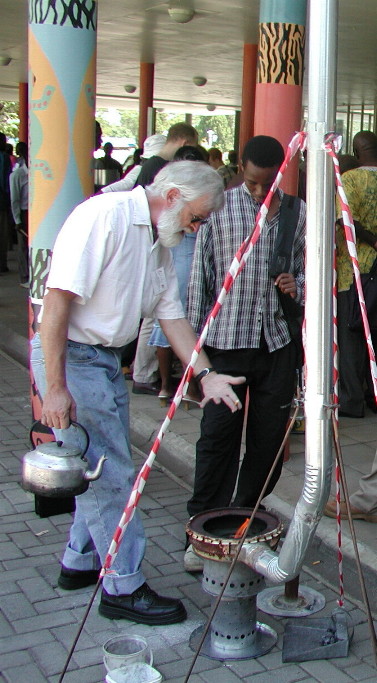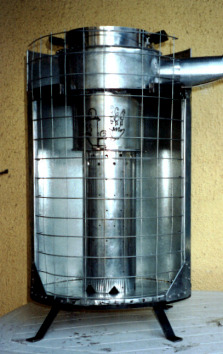La primera causa de consulta médica son las enfermedades respiratorias, de las cuales se conoce poco, pero generan alta morbimortalidad. Sólo el enfisema pulmonar es la cuarta causa mundial de muerte y, aunque ya es un grave problema de salud pública, representa apenas el inicio de una epidemia de padecimientos asociados a la exposición a contaminantes como el humo del tabaco, advirtió Rogelio Pérez Padilla, director general del Instituto Nacional de Enfermedades Respiratorias (INER).
Recién llegado al cargo, el neumólogo planteó como una deficiencia del sistema nacional de salud y de los especialistas en enfermedades respiratorias, en particular, el desconocimiento de la población respecto de estas afecciones. Por eso, dijo, el presupuesto para esta área médica es insuficiente; lo mismo ocurre con los profesionales de la salud dedicados a la prevención, diagnóstico y control de los padecimientos respiratorios.
El pasado 1º de julio, Pérez Padilla asumió la dirección del INER, cargo para el que resultó electo luego del proceso de consulta y auscultación efectuado por la junta de gobierno del instituto. El funcionario es investigador nacional, autor de libros, de artículos en revistas científicas y director de tesis de especialidad, maestría y doctorado.
–¿Qué se debe hacer con el INER?
–Sobre todo acelerar su desarrollo. Aunque existe desde 1936 como hospital para enfermos de tuberculosis, los cambios más importantes han sido a partir de 1982, cuando se convirtió en instituto. Es el principal centro de enseñanza de enfermedades respiratorias de México y Centroamérica, y todavía debemos elevar el nivel del entrenamiento de especialista a estándares internacionales.
–¿Qué tan importantes son las enfermedades respiratorias?

